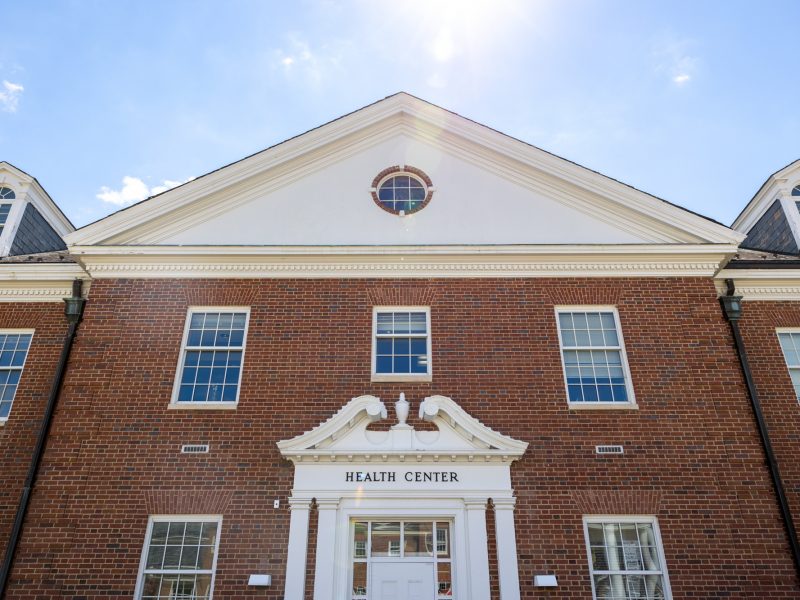Views expressed in opinion columns are the author’s own.
Last week, my colleague Joey Marcellino argued that jazz band should be made the default musical curriculum in public schools. He argued that jazz band can foster a more enduring and useful appreciation for music in students than other ensembles, such as orchestra or concert band.
While he made some important points, his understanding of orchestral and classical music is quite narrow and Western-focused. Instead of giving jazz band special treatment it doesn’t deserve, we should aim to institute broader music curriculum in public schools.
As someone who is a product of public school music education, I know a lot of people who did not abandon their instruments after middle or high school despite not being in a jazz band. In fact, we have a whole orchestra full of people like that on this very campus. Most of the members of the University of Maryland Repertoire Orchestra — myself included — are not music majors and simply play our instruments for personal fulfillment.
I will concede that I went to a particularly well-funded middle and high school in Montgomery County, where I always had a variety of jazz, orchestral, choral and band classes available to me. Perhaps this influenced the long-lasting nature of my appreciation for music, and I recognize that schools with fewer ensemble options may not foster the same appreciation. However, I refute the idea that jazz band and jazz music are somehow superior to classical music. The two can be different without one necessarily being better.
Marcellino argues that jazz band’s room for improvisation helps develop a musician’s ear. But this comes with being in any kind of musical ensemble — you’ll always have to play with other people and learn to blend your instrument’s sound with others. In a chamber or symphonic orchestra, you have a combination of strings, winds, brass and percussion, and everyone has to be listening, harmonizing and matching their sound to the other members.
Jazz band, apparently, also has a special ability to allow students to “play music in their preferred styles on their own time.” But I do that, and I’ve never been in a jazz band. Not only did my 13-year-old self play an embarrassing number of Taylor Swift and Miley Cyrus hits on my cello, I also played “relevant” music like Lady Gaga in my school orchestra.
I agree when Marcellino says middle schoolers get more excited about music with a bassline and drumbeat than composer Percy Grainger, but jazz isn’t the only genre of music able to provide that. While traditional classical music does not typically involve such beats, plenty of contemporary classical music does.
My own father is a classical composer who integrates drumbeats and basslines into orchestral music, and he is absolutely not the only one who does that. Perhaps Western composers don’t do it as often, but there are many other classical composers who use such basslines as homages to African, South American and South Asian musical cultures.
Of course, it is not only Marcellino’s column that features a narrow view of orchestral music education’s potential; the American public school curriculum is just as narrow. Even in schools like mine that offer a variety of musical ensemble classes, the repertoire is extremely Westernized. Ultimately, prioritizing jazz band isn’t the solution here — expanding the horizons of classical and other types of music is.
Liyanga de Silva is a junior English major. She can be reached at liyanga.a.ds@gmail.com.



